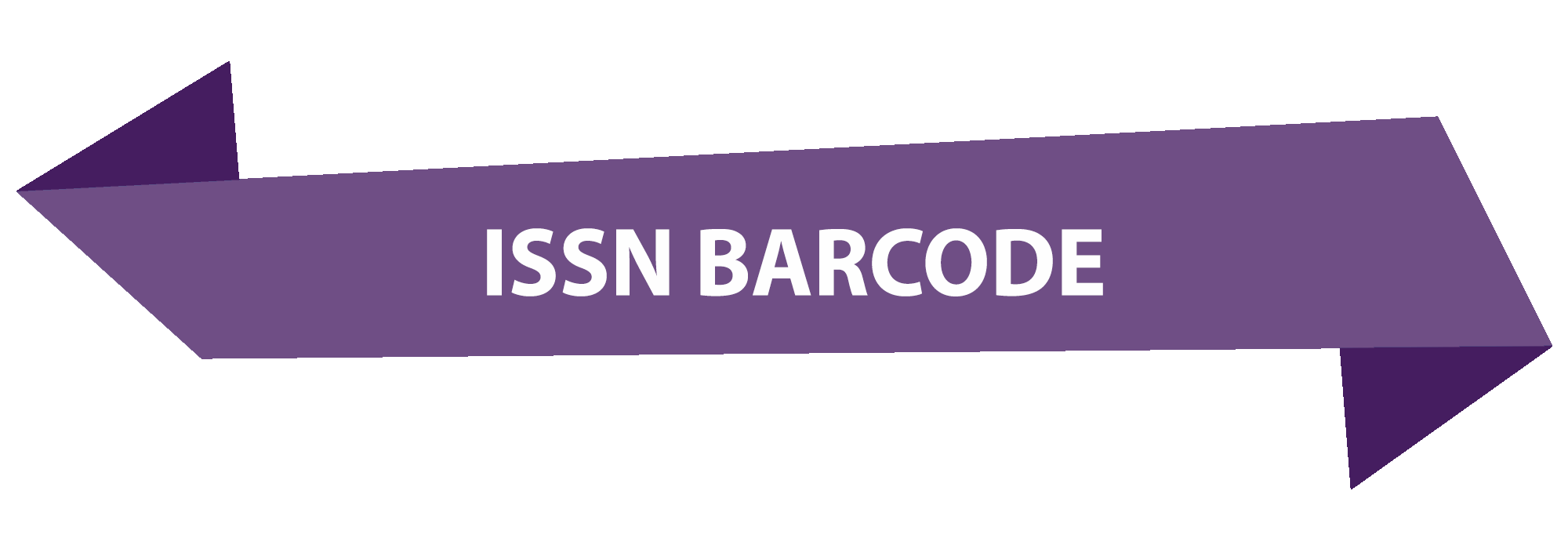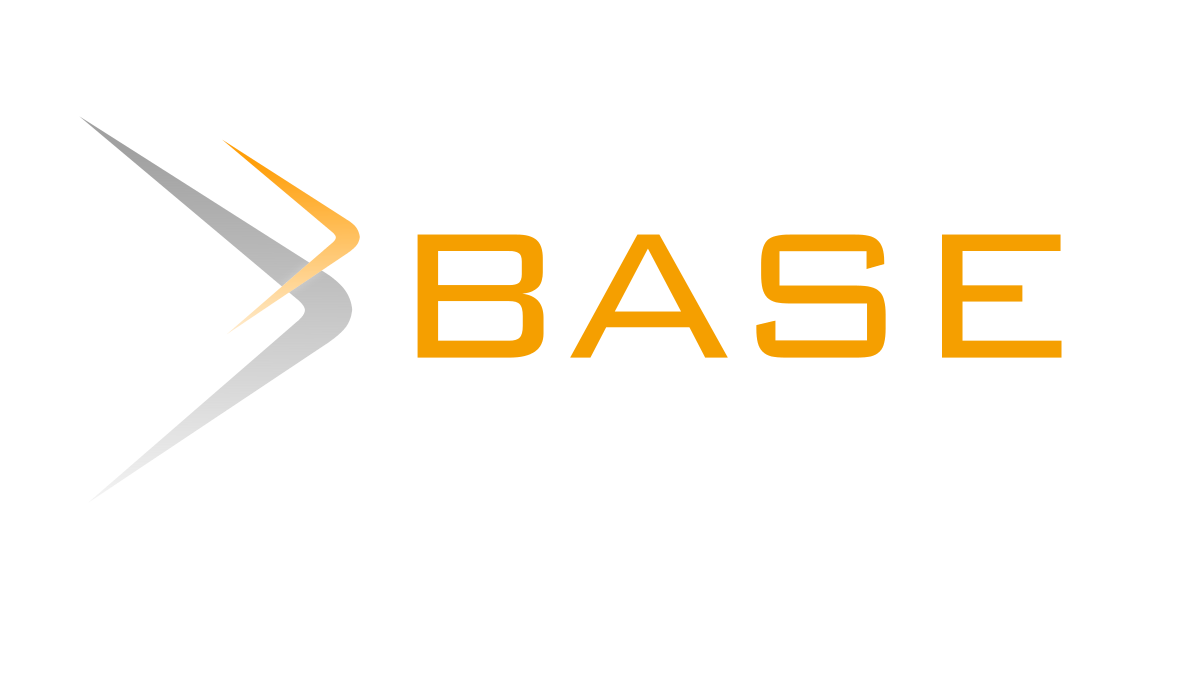FAKTOR RISIKO STUNTING PADA ANAK USIA 2-5 TAHUN DI WILAYAH GUNUNG DAN PESISIR PANTAI
Abstract
The purpose of this study is to analyze the differences risk factors of stunting among children aged 2-5 years in ridge and coastal. Study using cross sectional design. Number of subject is 114 subjects in plateau and 114 subjects in coastal chossed with purposive and consist of 57 stunted and 57 non-stunted. The risk factors of stunting in the ridge is a low of protein adequacy level (PR = 4,8; 95% CI = 2,096-10,99), low of Zn adequacy level (PR = 2,827; 95% CI = 1,499-5,322 ), low of Fe adequacy level (PR = 3,766; 95% CI = 1,785-7,944), and non-exclusive breastfeeding (PR = 1,626; 95% CI = 1,15-2,299). Risk factors of stunting in coastal is low of energy adequacy level (PR = 3,463; 95% CI = 1,648-7,278), low of Zn adequacy level (PR = 1,973; 95% CI = 1282-3,038), and low of Fe adequacy level (PR = 2,033; 95% CI = 1,003-4,120). Risk factors associated most strongly with stunting in the ridge area is a non-exclusive breastfeeding and low of protein adequacy level. The risk factors most strongly associated with stunting in coastal areas is low of protein adequacy level.There is differences risk factors of stunting between ridge and coastal.























